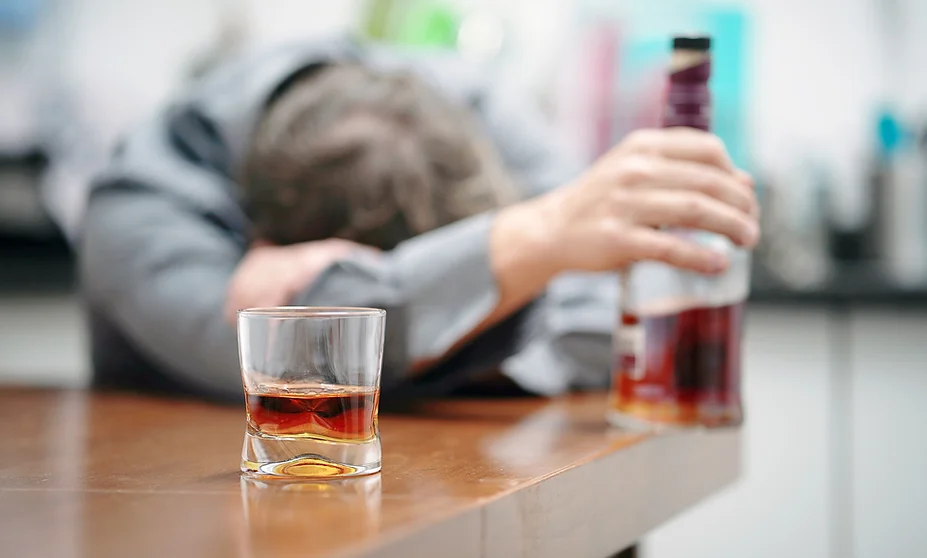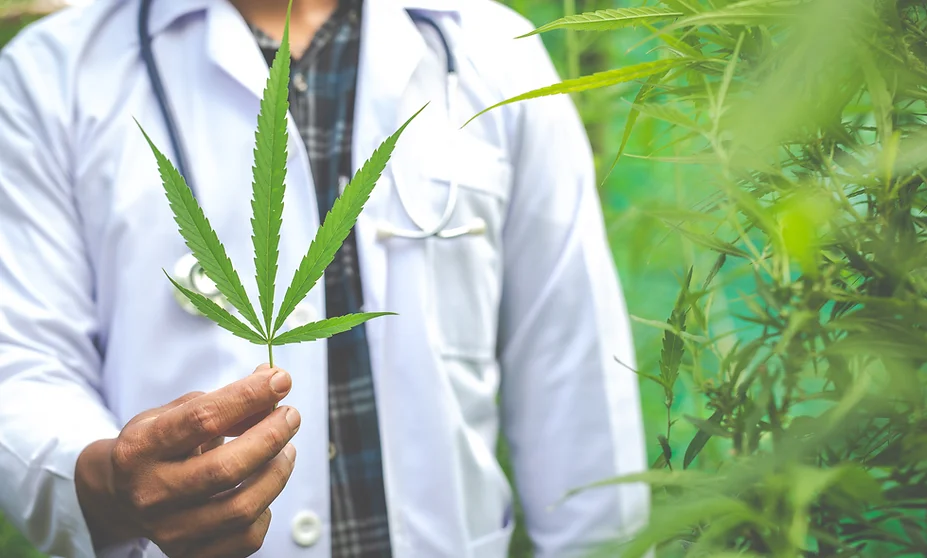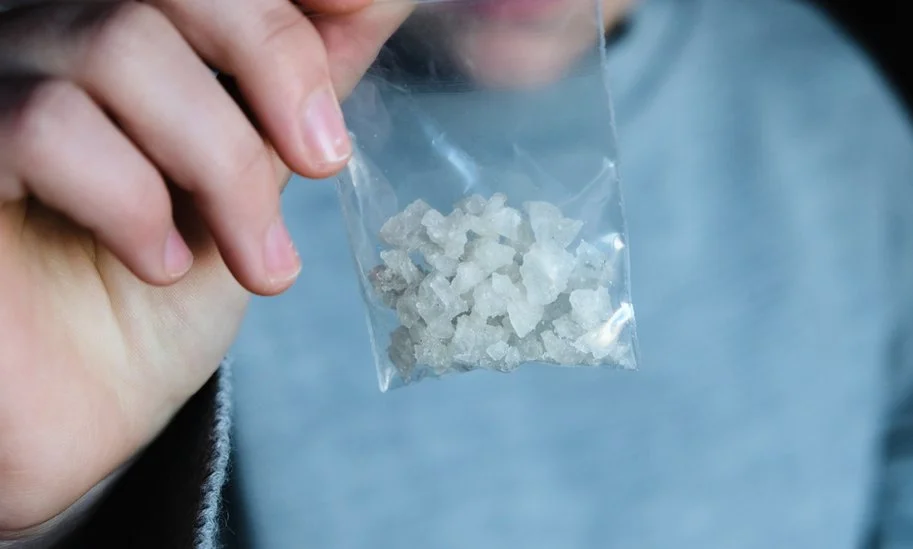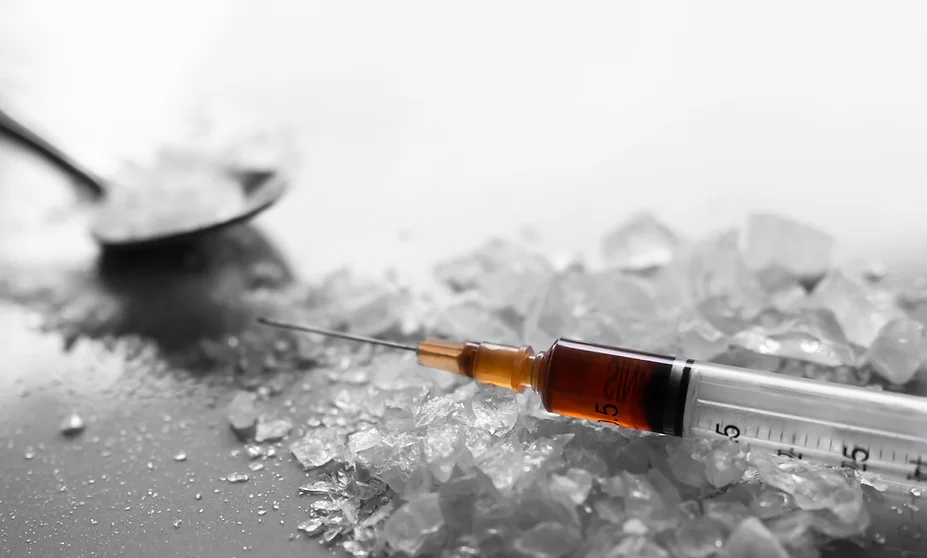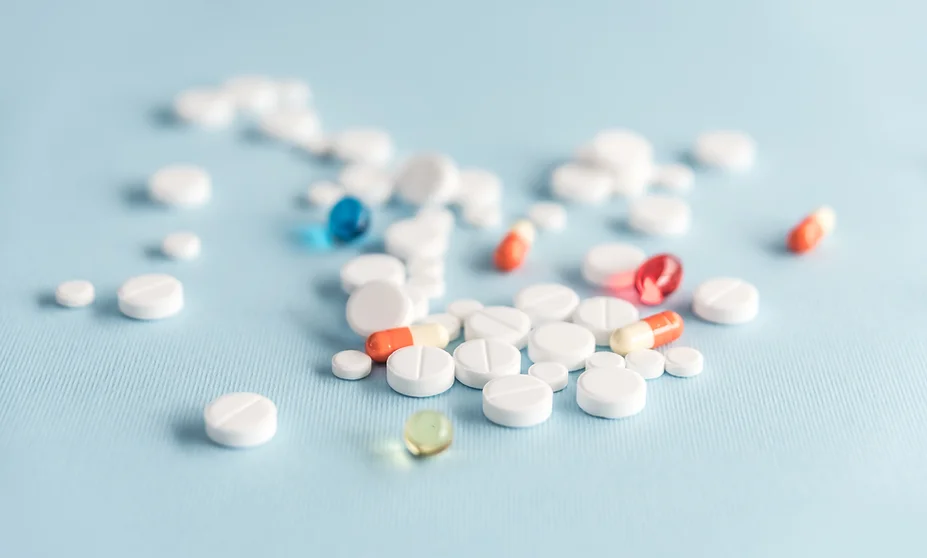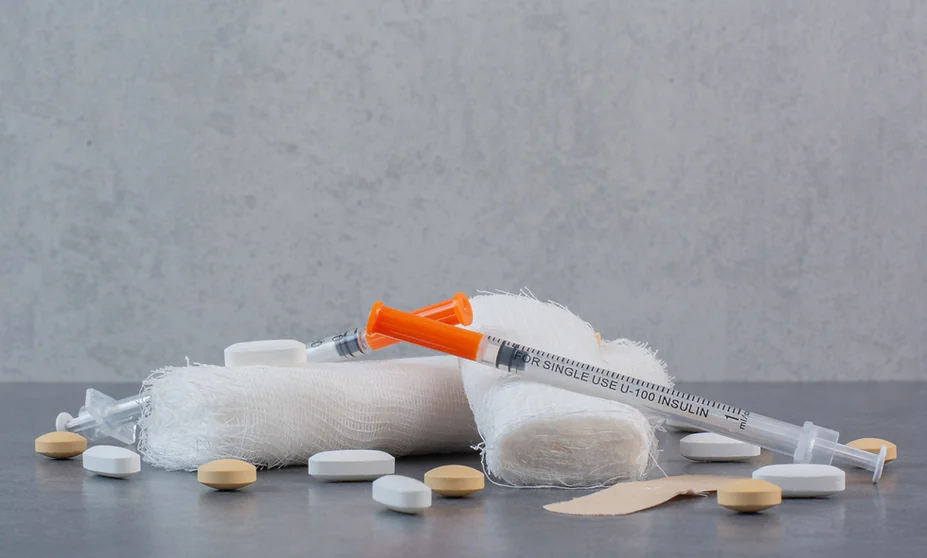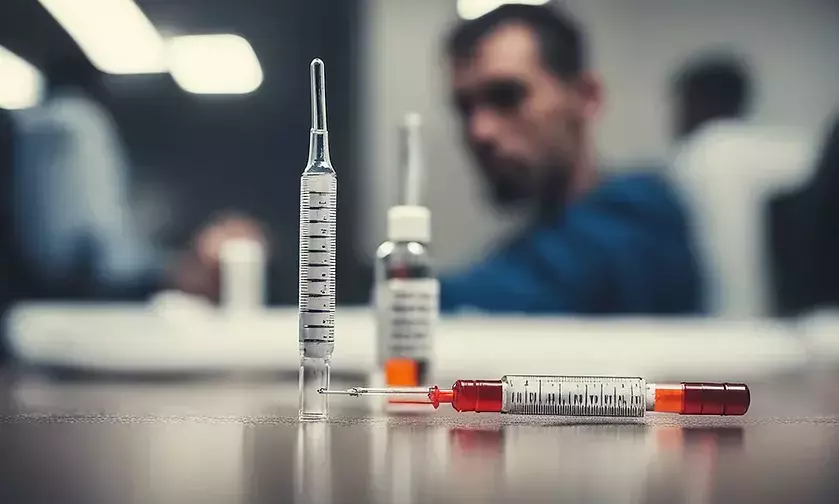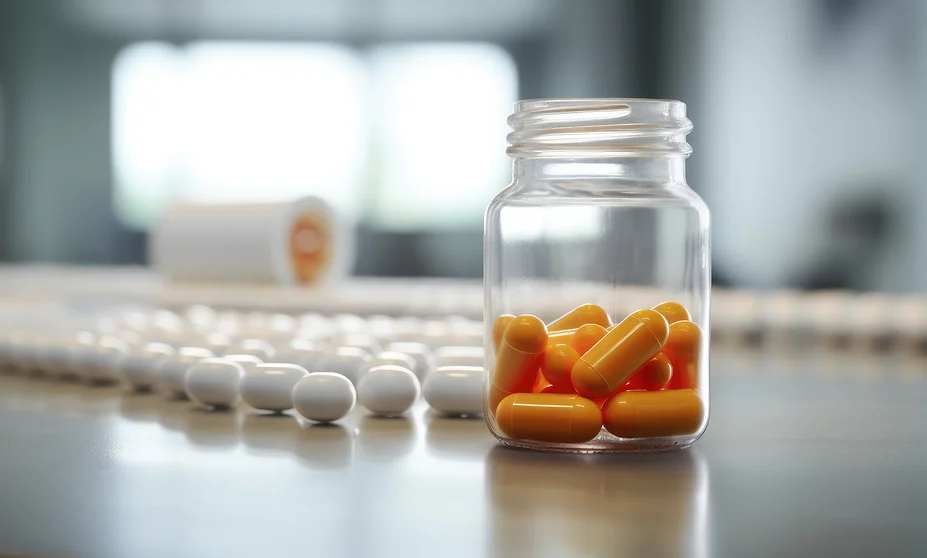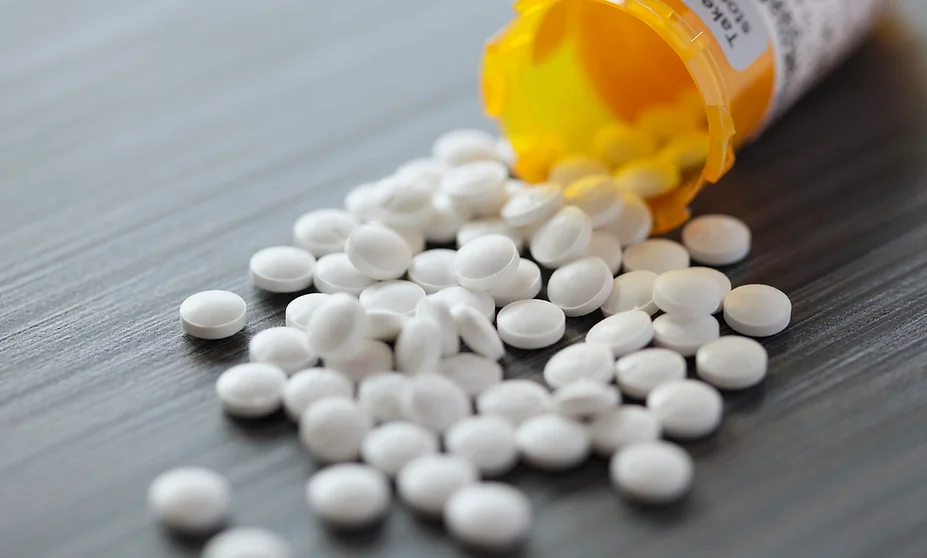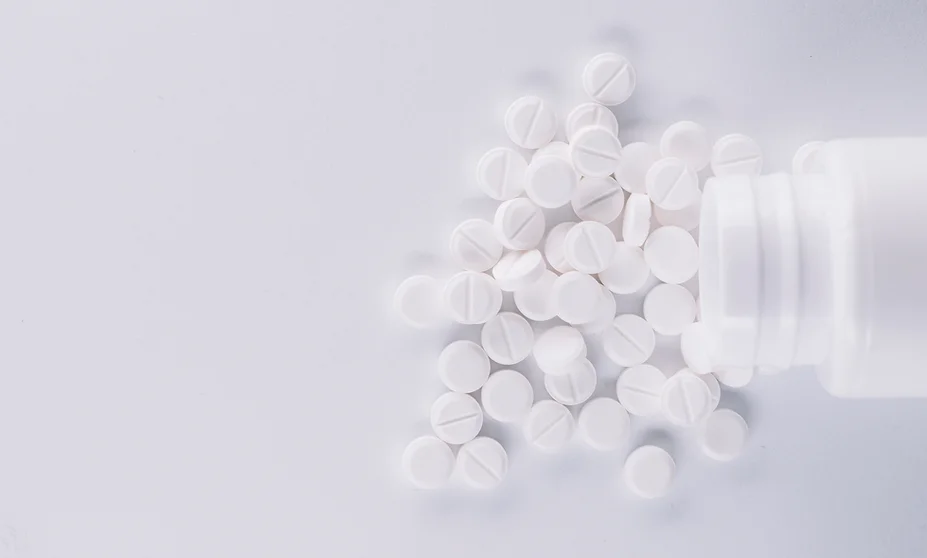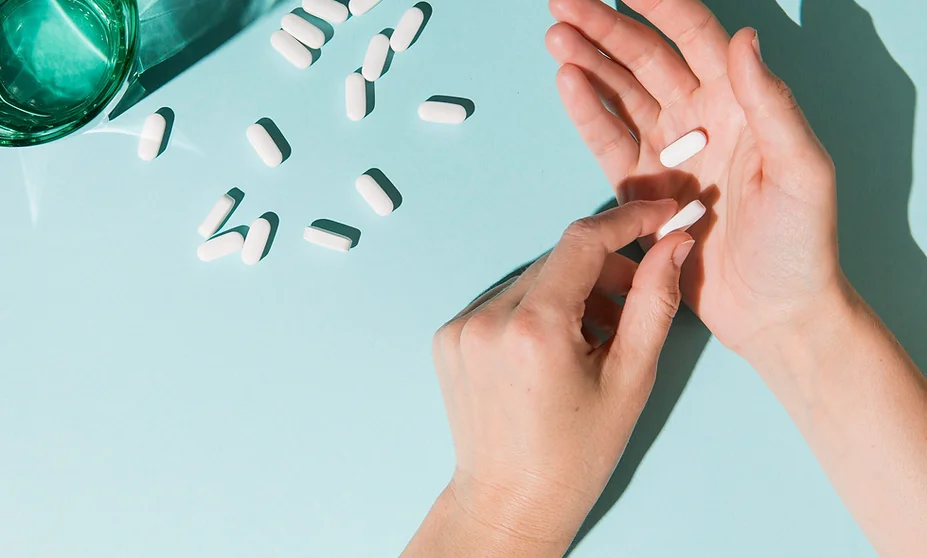Call Us Now!
Discover our recovery treatments. Contact us to learn more and verify your insurance coverage online or by phone.

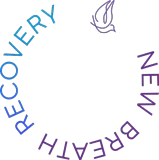
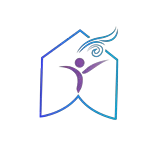
No one is immune to cocaine addiction. Once a person tries this drug once, it is difficult to refuse the next dose. For minutes of pleasure one has to pay for years of life, in which cocaine is more important than anything else: friends, love, family. It is possible to overcome addiction only after realizing the problem and turning to specialists.
New Breath Recovery rehab center in California provides comprehensive treatment for cocaine addiction. It employs qualified doctors, offers comfortable apartments and effective rehabilitation programs, which creates all the necessary conditions for successful recovery.
What Is Cocaine?
Cocaine is a drug that affects the central nervous system, which together with euphoria causes a strong mental addiction. It is extracted from coca leaves, in which this substance acts as an insecticide, i.e. protects the plant from being eaten by insects.
The finished product is a white colored powder. It is usually either inhaled, rubbed into the gums or injected intravenously. Cocaine is often used as an entertaining ingredient in candy, cookies, and other confections.
Causes of Cocaine Addiction
Dependence can develop after the first dose of cocaine, which usually enters the body through the mucous membranes of the nose when the drug is inhaled. For the first 30-60 minutes, a person experiences a feeling of euphoria, a surge of strength and energy, and looks at everything with different eyes.
This artificial state is caused by the abnormal production of so-called happy hormones. It quickly passes and the consequences come: lethargy, desolation, irritability. A person wants to get rid of them with the help of another dose, and if this desire is not overcome, drug addiction will quickly develop.
The main reasons for the development of cocaine addiction:
- such a drug is easy to use – it is enough to inhale a dose through the nose;
- when trying to give up cocaine use, withdrawal syndrome occurs: insomnia, loss of energy, depression, which is difficult to overcome without help;
- in addition to cocaine, the dose contains other psychoactive substances that multiply the craving for repeated use.
According to the UN, cocaine production reached 2,000 tons in 2017, 25% more than the year before. Production is growing, and the number of people for whom cocaine is becoming a necessity of life is increasing.
Signs and Symptoms of Cocaine Addiction
You can tell if a loved one is using drugs by the changes in their appearance and behavior. Usually, people with cocaine addiction have frequent mood swings. During the action of the drug, they are joyful, can laugh without reason, very mobile and efficient. However, after an hour, they can be depressed, nervous, aggressive.
What else to pay attention to:
- Eyes. The eyes of people with cocaine addiction are usually reddened, with noticeable blood vessels. The pupils remain dilated after a dose, regardless of the intensity of light hitting them.
- Nose. Given that the powder is often inhaled through the nose, the patient’s sense of smell is reduced, the nose is stuffy and often bleeds.
- Sleep. Cocaine abuse often leads to a nocturnal lifestyle. Sleep is accompanied by nightmares.
It is also worth paying attention to frequent cases of inadequate behavior and ignoring the rules of personal hygiene. All this can be a consequence of the development of drug addiction.
Types of Cocaine Addiction Treatment Options
In principle, the methods of cocaine addiction treatment do not differ from the treatment of any other drug addiction.
Specialized treatment centers use the following methods:
- Detoxification. Medical detox is necessary to remove the substance from the blood.
- Drug therapy. Provides the management of withdrawal syndromes with the help of psychotropic drugs.
- Psychotherapy. Teaches how to fight harmful thoughts and develops self-control skills.
- Social rehabilitation. Helps to return to a normal life in society without drug use.
None of the approaches used in cocaine addiction treatment works separately. It is always a complex work step by step with its victories and defeats.
Call Us Now!
Discover our recovery treatments. Contact us to learn more and verify your insurance coverage online or by phone.

The Process of Treating Cocaine Addiction
At the initial stage, the patient may be shown detoxification and taking drugs to restore the body at the physiological and mental levels: antidepressants, neuroleptics, tranquilizers, nootropics, vitamins, etc.
But the most responsible stage is psychotherapeutic treatment and subsequent recovery. The main task of doctors is to help overcome the desire to return to drug use.
This is achieved in different ways:
- CBT. Cognitive-behavioral therapy teaches understanding to compare cause and effect, helps to form behavioral habits and skills leading to recovery.
- Group therapy. Discussing problems in a group with other patients allows you to look at your problems from a different angle, to understand yourself and not to be alone with your addiction.
- Family therapy. Family support is very important. It is essential to teach the patient’s family and friends the right tactics to use in order to get the right results.
The average cocaine addiction treatment program lasts 6-12 months, in severe cases it can increase to 2-3 years.
Frequently Asked Questions About Cocaine Addiction Treatment
Below you will find answers to some of the most common questions that relate to cocaine addiction treatment.
What are the short-term and long-term effects of cocaine use?
Cocaine use can affect a person in many different ways. It depends on the person’s age, health, history of drug use, dosage and purity of the substance.
Short-term effects:
- there is an improvement in mood,
- there’s a sense of euphoria,
- dilated pupils,
- increased heart rate,
- increased blood pressure, body temperature, sweating,
- decreased appetite.
Half an hour later, the effects of the drug subside. This may be accompanied by tremors, anxiety, paranoia, aggression and irritability.
Long-term effects:
- tolerance and dependence develop,
- cardiovascular disease,
- cognitive decline,
- psychiatric changes,
- liver and kidney damage,
- social bonds break down.
Depending on how the drug enters the body, the lungs, nasal septum, and blood vessels may be affected. If injected intravenously, the risk of contracting hepatitis and HIV increases significantly.
What is cognitive-behavioral therapy's role in cocaine addiction treatment?
Human thinking and behavior are interrelated. Therefore, negative thoughts can lead to breakdowns and drug use. Cognitive Behavioral Therapy (CBT) uses various techniques to consistently change a patient’s thoughts and teach self-control. All of this has a positive effect on behavior and helps with rehab. After successful completion of the therapy, patients are able to cope with the triggers that make them want to use drugs on their own.
Are there medications available to treat cocaine addiction?
As of 2024, there is no specific medication to treat cocaine addiction. Therefore, doctors use many different medications to restore internal organs and psyche.
What are the challenges in treating cocaine addiction?
Movies, literature, and songs often create a misconception of cocaine as a drug that can be used only occasionally to lift your spirits.In fact, it causes a powerful psychological dependence, which is very difficult to overcome.Therefore, therapy is often accompanied by relapses: even after successfully completing the course in rehabilitation centers, many addicts return to use.
Treatment requires a long time and the use of individualized recovery programs. It should include not only medical and psychological help from specialists, but also the support of ordinary people: friends, relatives, colleagues and AA communities. It is not always possible to provide the level of support needed.
What are the signs of cocaine overdose and how is it treated?
Cocaine overdose often leads to irreversible health consequences and, if not treated in time, death. Overdose manifests itself differently in all people.
Outwardly, an addict who has consumed too large a dose of cocaine looks like a person with dilated pupils, he or she has a frequent heartbeat, temperature and blood pressure can rise dramatically. Often an overdose causes a heart attack, which can be identified by severe chest pain. This condition is accompanied by difficulty breathing, convulsions, dizziness, and in the worst cases – loss of consciousness.
Common mental signs of overdose include severe paranoia, anxiety, panic attacks. In severe cases, delusions and hallucinations are possible, which are often accompanied by aggressive behavior, confusion and disorientation.
Verify Insurance
Your treatment may be fully or partially covered by insurance.
Fill out the form below, and we will verify insurance to check your benefits.
Contact us if you have any questions.

